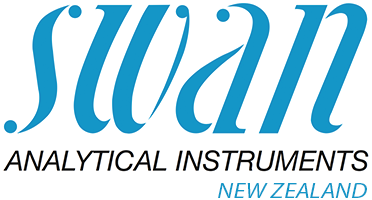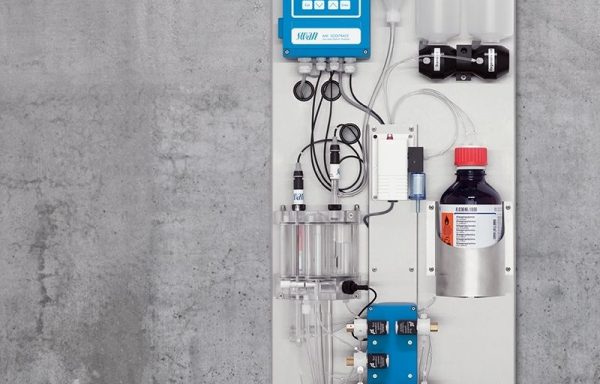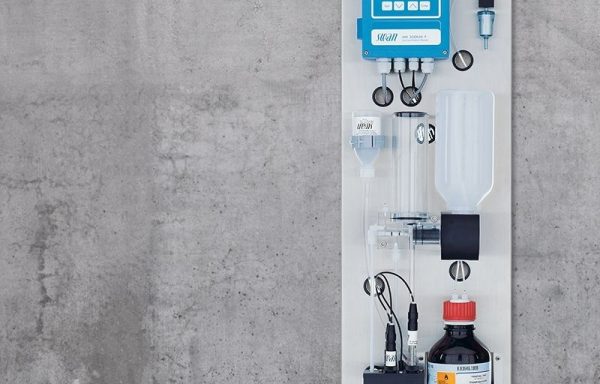What is Sodium?
Sodium is a chemical element with the symbol Na (from Neo-Latin “natrium”) and atomic number 11. It is part of the alkali metal group in the periodic table, characterised by its soft, silvery-white appearance and high reactivity, especially when exposed to water. Sodium does not occur in its elemental form in nature due to its reactivity but is found in various compounds, most notably sodium chloride (NaCl), or table salt. This element plays a vital role in biological systems, industrial applications, and geological formations. Sodium compounds are abundant on Earth, comprising about 2.6% of the Earth’s crust, making it the sixth most common element on the planet.
In the context of water treatment, sodium holds significant importance due to its impact on water hardness and its role in ion exchange processes. Sodium ions (Na+) are used in water softening systems where they replace calcium and magnesium ions, reducing water hardness which is beneficial for preventing scale formation in pipes and appliances. Moreover, the presence of sodium in drinking water is a key consideration for individuals on low-sodium diets, as excessive intake can have health implications. Thus, monitoring and managing sodium levels in water supply systems are crucial to meet both health standards and operational efficiency in water treatment facilities. The balance of sodium in water sources must be carefully managed to ensure that the water remains safe for consumption while also maintaining the integrity of infrastructure and the effectiveness of water treatment processes.
Monitoring Sodium in Process Water
Monitoring sodium levels in water is a critical task for both power plants and the semiconductor industry, as it directly impacts operational efficiency, equipment longevity, and product quality. In power plants, the presence of sodium in water, especially in the steam cycle, can be indicative of potential issues such as membrane damage in reverse osmosis systems or the early exhaustion of ion exchange resins. Sodium ions are highly soluble and can lead to corrosion and scaling, which compromise the integrity of boilers and turbines, leading to costly downtime and repairs. Therefore, precise sodium measurement is employed to detect even sub-ppb levels of sodium, ensuring water purity and preventing damage to critical components.
Similarly, in the semiconductor industry, where water of the highest purity is essential for manufacturing processes, minute concentrations of sodium can have detrimental effects on the quality and reliability of semiconductor devices. Sodium contamination can lead to defects in semiconductor wafers, affecting the electrical properties of the finished products. As such, the industry relies on sophisticated online water chemistry analysers to continuously monitor sodium levels, ensuring that the water used in production meets stringent purity standards. This rigorous monitoring helps minimise contamination risks and maintain the high quality of semiconductors, which is crucial for the functionality of electronic devices.
In both contexts, the ability to accurately and swiftly detect sodium levels allows for timely interventions, safeguarding against the adverse effects of sodium contamination and ensuring the smooth operation of power plants and the production of high-quality semiconductors.
Sodium Analyser Resources
- Online Sodium Monitoring in the Water Steam Cycle
- Sodium and Silica Trace Measurement to Meet Semiconductor Water Specifications
- Process Monitoring: What Really Matters
Swan Analytical Sodium Analysers




